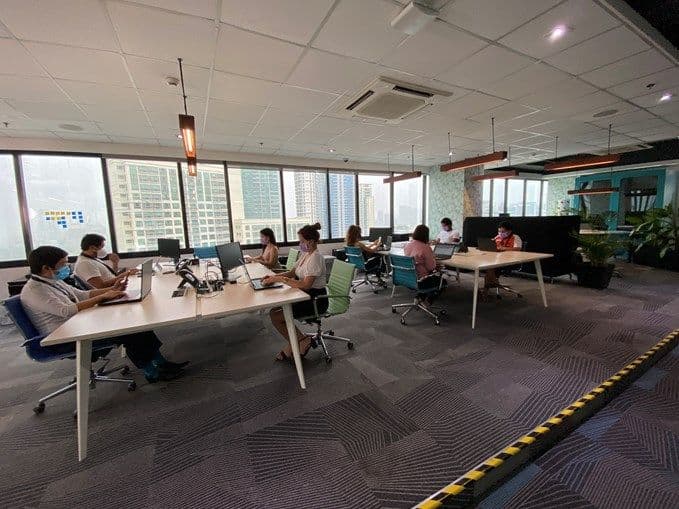Businesses Making Room for Social Distancing in the Workspace
By Marella Gimenez | 06/25/2020

The current pandemic has certainly shaken up the normal way of things around the world, with businesses closing down and people being ordered to keep shuttered in their homes. A majority of business organizations have coped and adapted to this situation by following the work-from-home orders of the government and handling most of their operations virtually online. With other countries slowly reopening and getting back to normal, lockdown orders may be loosening pretty soon which allows office workers to come back to their workspace.
Although employees may return, they will also have to adapt to a new normal both in the office and in the outside world. Social distancing guidelines are still being strictly implemented everywhere and the number of people inside a single space is being highly restricted and monitored. The office space faces many challenges in the wake of this with rows of desks grouped together in an open plan layout before. This particular space may be one of the hardest places to practice the social distancing guidelines without the right direction, so here are some tips and fixes employers can follow:
1. Socializing

- Implement a strict no-visitor policy with all the employees working on site.
- Limit physical contact such as handshakes, hugs, and even idle hallway chatter with coworkers.
- Raise awareness to the social distancing rule of 1 meter to discourage others from being in big groups and increasing face-to-face interaction.
- Any form of communication that can be done virtually through online chats, emails, video calls and conferences are highly encouraged, especially if meetings are still prohibited. Online video meetings are still likely to continue, and group chats and email threads as the main channels of correspondence.
2. Scheduling

- Only allow an essential skeletal workforce in the actual office space, while the rest of the staff still continue to work from home.
- Divide your staff into two or three different teams, with corresponding days or weeks they are scheduled to report on site. This will limit the number of people that are inside of the office while the others work from home.
- If there are multiple people who perform similar tasks, consider rotating the tasks and alternating the shifts of these employees so that there is always one on site while the other works remotely from home.
3. Workplace Design and Layout

- Consider putting up temporary barriers such as rolling whiteboards, sealing openings, and sliding dividers between workstation to keep workers’ distance between each other.
- Desks and workstations may be positioned further apart from each other to abide by the 1-meter rule.
- Extra storage and meeting rooms that are mostly unoccupied can be used as temporary rooms to transfer other employees.
- Marked pathways and visual cues on the floor may be seen around the office to guide workers, organize foot traffic, and be more mindful of social distancing.
- Seek other options such as flexible workspaces to house other employees in.
- Finding second alternative spaces increases the options for those who are scheduled to work from home.